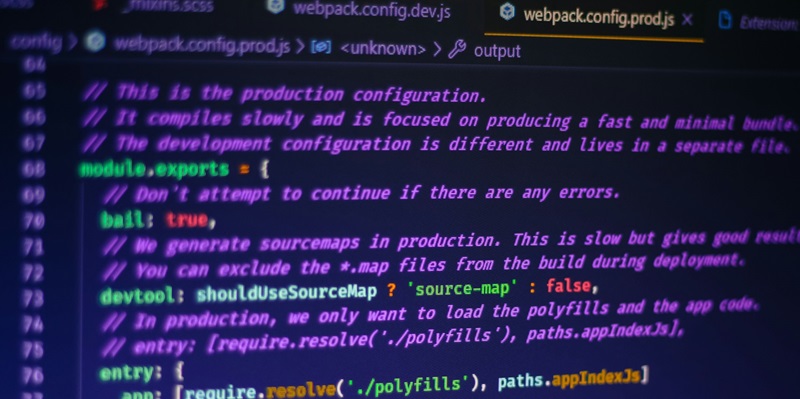In a digitally dependent era, the hacker group ResumeLooters launched a complex cyberattack on numerous employment and retail organizations within the Asia-Pacific region. They managed to circumvent advanced security protocols to steal vast amounts of confidential job-related data. Their techniques involved a sophisticated blend of hacking strategies combined with the exploitation of prevalent security vulnerabilities within these companies’ systems.
ResumeLooters’ methods displayed a high level of expertise in cyber espionage, showcasing the emerging threats that agencies and businesses face today. The group’s ability to infiltrate defensive barriers highlights the imperative need for improved cybersecurity measures within the industry. As companies and institutions continue to digitize, the attack by ResumeLooters stands as a stark reminder of the sophistication criminal entities can achieve and the ongoing battle between cybersecurity and cybercriminals.
Exploiting Web Application Vulnerabilities
ResumeLooters targeted victims using a refined toolkit to exploit vulnerabilities within web applications. Initially, they constructed fake employer profiles on popular job-search platforms. Once these were set up, they unleashed the primary weapon in their arsenal—Cross-Site Scripting (XSS). Through XSS, they injected malicious scripts into web pages viewed by other users. This particular approach enabled them to phish for user information surreptitiously.
Besides XSS, ResumeLooters adeptly utilized SQL Injection (SQLi) techniques. SQLi is an attack methodology that manipulates a site’s database query. By inserting malicious SQL statements into an entry field, the group accessed and extracted a massive store of sensitive data, such as names, addresses, and employment records. These dual techniques of XSS and SQLi are potent in their simplicity and effectiveness, allowing ResumeLooters to operate undetected for extended periods.
Sophisticated Tools and Detection Evasion
The cybersecurity group ResumeLooters adeptly used hacking tools normally intended for security testing to infiltrate websites. They employed tools like sqlmap and Acunetix for scouting weaknesses and utilized automated software like the BeEF Framework, XRay, Arachni, and Dirsearch for exploitation and data management. Cyber experts pinpointed their hub at IP address 139.180.137[.]107, where tools’ logs revealed the extent of their malicious tactics. The dark side of these security tools showcases how they can be misused for cyberattacks.
ResumeLooters’ incursion into job sites led to significant personal data leaks, underscoring the critical need for strong defenses in the digital arena. As the cybersecurity race continues, strategies evolve, emphasizing the fragile state of data protection.

